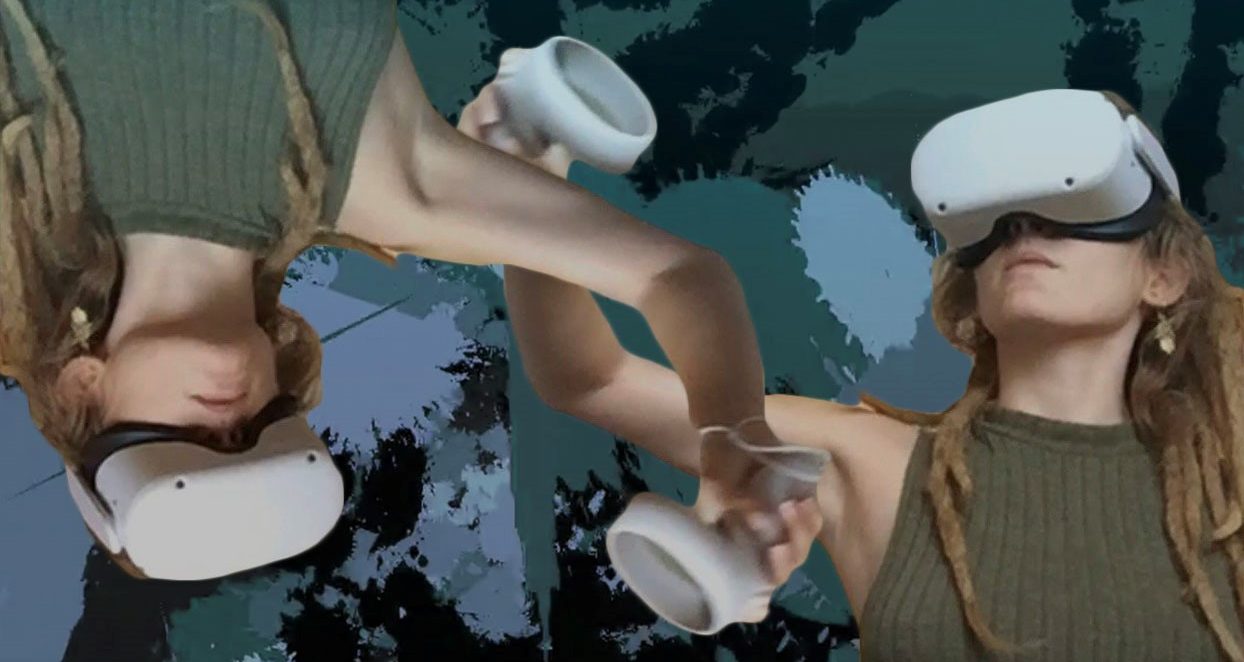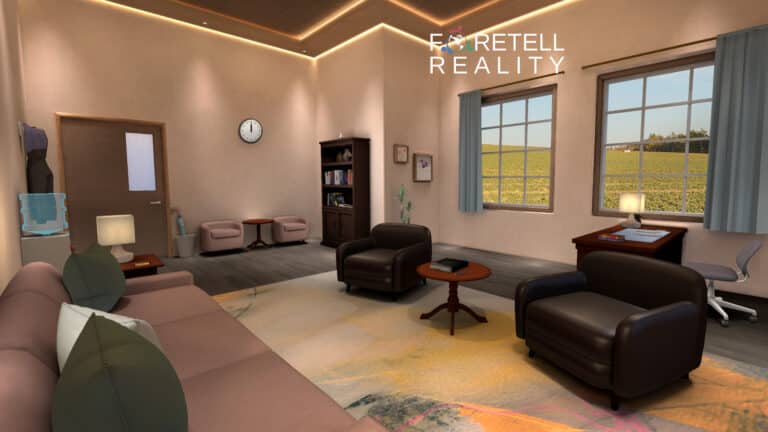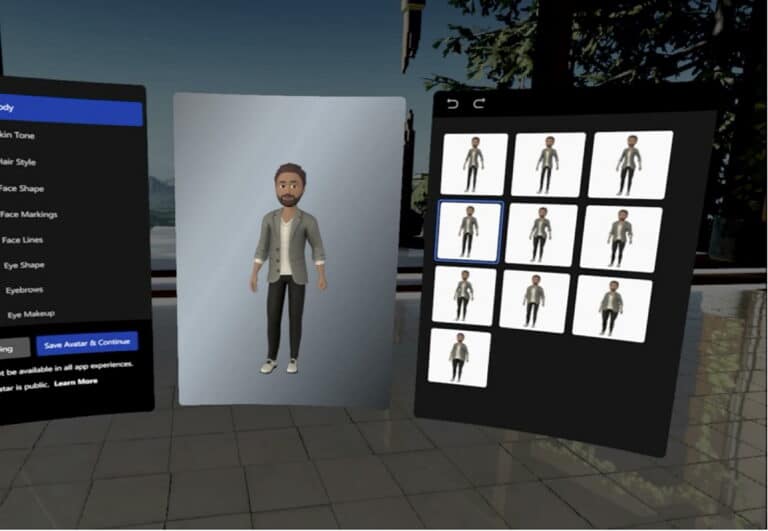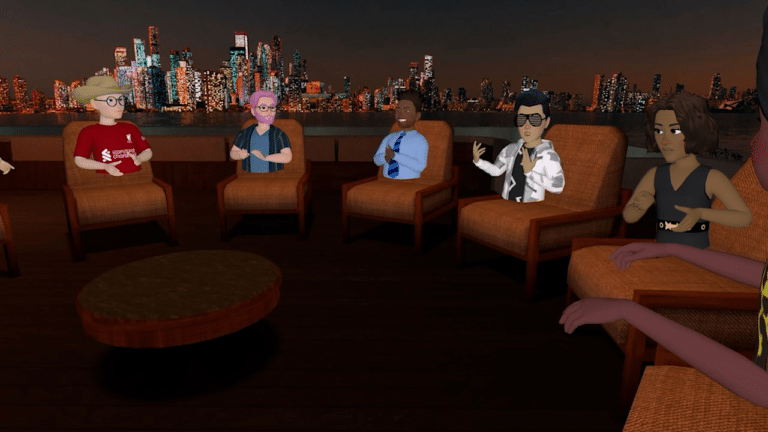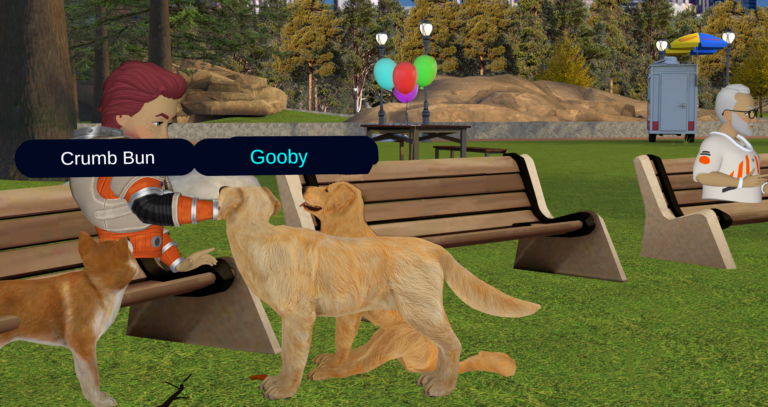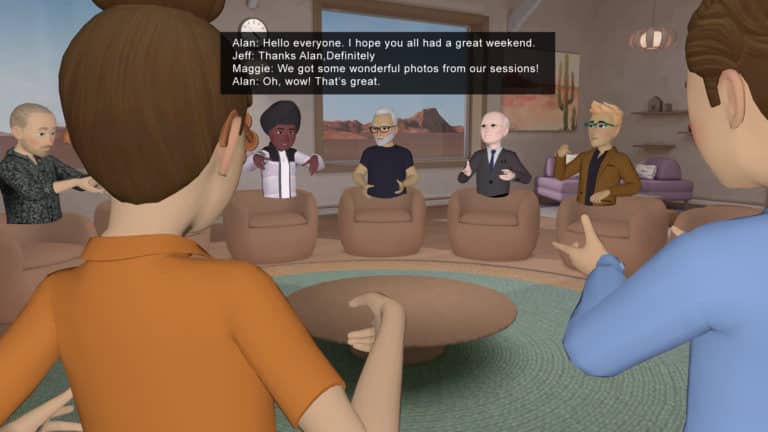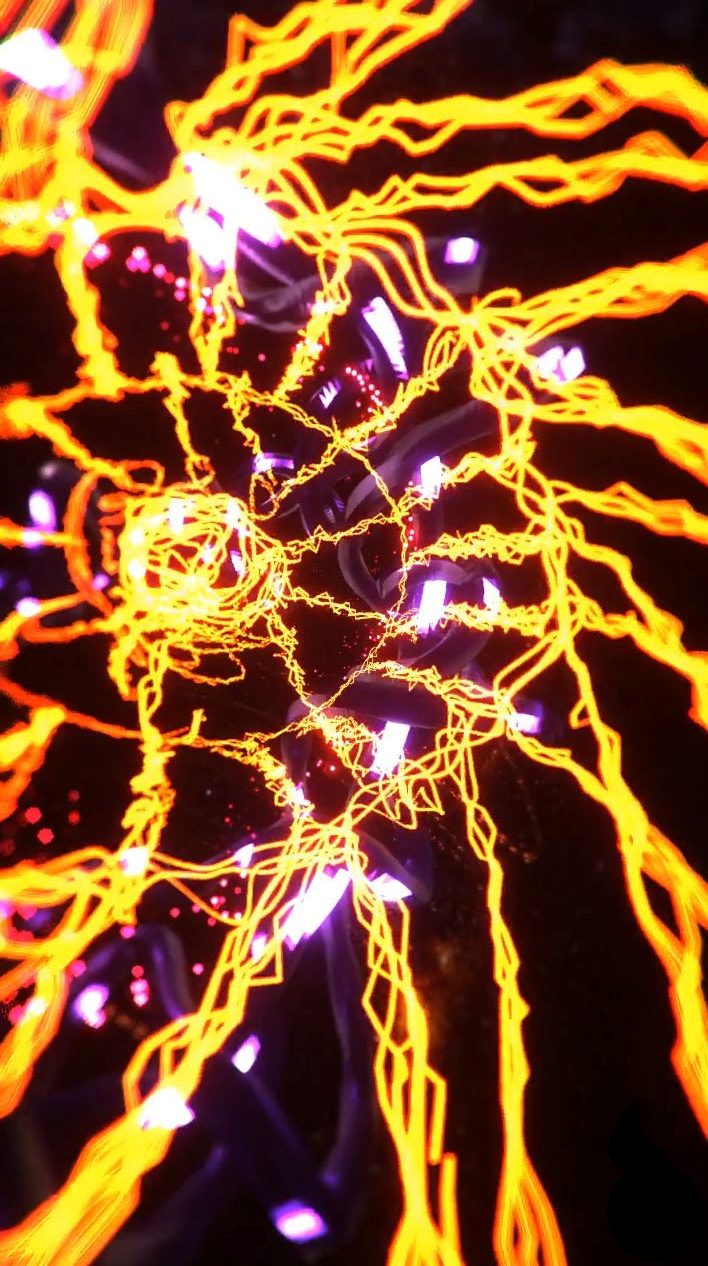
Headset on, mind open, the user’s controls turn into paintbrushes for three-dimensional painting. Then follows a prompt: “create a space that you feel safe in”, and the art therapy session begins.
Art therapy, as practiced in many mediums, is an integrative mental health practice that allows self-expression and healing through the mindful creation of visual arts. The therapeutic devices used in the process include paints, clay, and other fine art materials that allow seamless transitions between different modes of art-making. Over time, art therapists have adopted photography, film, and animation, and are now expanding their reach into the realms of augmented and virtual reality. Whether it be through building colorful sculptures in Blocks and Kodon or making living paintings in Google Tilt Brush, VR offers a new world that blends physical tools with a digitally constructed reality.
With art therapy in VR, patients are transformed into an immersive space where they can physically become part of their work, the scale of their art is malleable, and shifting perspectives is easier than ever. Mental health professionals using VR as a treatment claim that “individuals know that it is not real but their bodies and minds respond as if it is real”.2
In other words, the physical world is obscured, but movement still feels natural as the VR headset tracks along with the motions of the body and head1. As a result, the intimate space created by wearing a head-mounted display eliminates distraction and maximizes attention for transformative experiences.
Research finds that “Playing with the laws of nature may heighten awareness about the rules that govern personal behavior”3.

To this end, VR allows the modification of the size and position of virtual objects to adjust the importance of real things and concepts in visual metaphors. This gives a sense of agency to the user and separates them from the overwhelming challenges that are being tackled in the session. The creation of art in VR also requires full-body movements such as gestural line making and picking things up, further engaging participants in the healing experience. VR also provides the ability to navigate around the artwork, and view the process through a third persons’ view. All these elements contribute to “kinesthetic embodied cognition”3 that facilitates heightened states of self-awareness.
According to VR art therapist Jeff Lohrius, the discipline “has an immediate power to evoke exploratory wonder and awe in entering an infinite imaginative space with your body and senses”, and can therefore be beneficial to everybody. In fact, VR art therapy has already proven transformative in several areas: It is used to treat phobias, anxiety disorders, chronic pain, and PTSD. One example of PTSD treatment is with active members of the US military and military veterans.
But what can we create in VR? A powerful technique is body mapping. In this practice, participants are asked to reflect on their entire body and illustrate the sensations they feel on a representation of their corporeal frame. This not only releases tension but also creates a visual reference to feelings that are difficult to describe in words.
To this end, the role of therapists is aiding patients to feel “comfortable, grounded, and safe”3 in novel environments, as well as engaging them in curiosity and play. The goal is to “spill” out” shapes from abstract emotions to make space for them in daily life which we largely perceive visually. At the end of an art therapy session in VR, therapists and patients observe the visual result of the process, summarize the experience with its pros and cons, and sometimes come up with “homework” to bring insights from the session into the clients’ daily life.
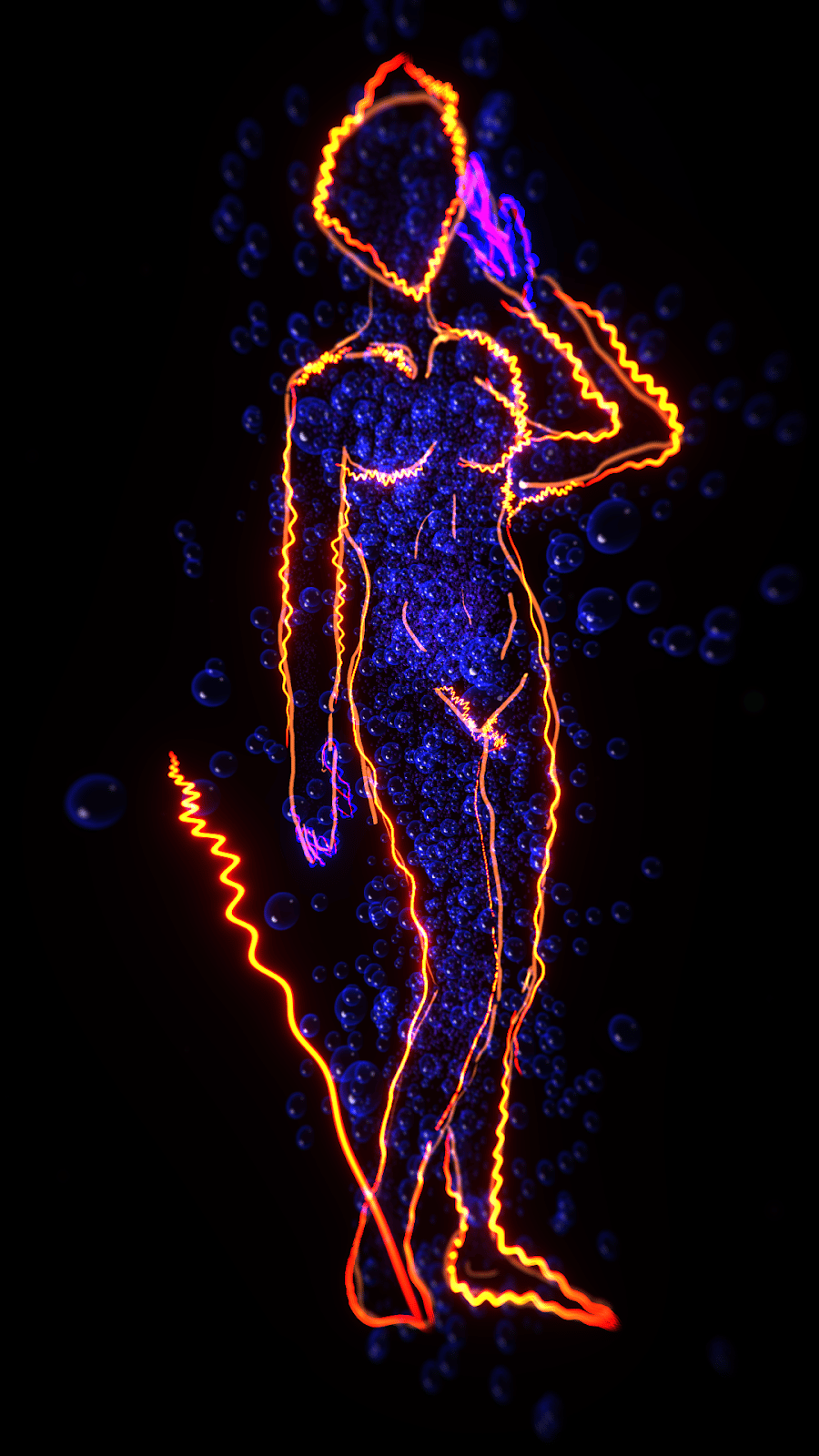
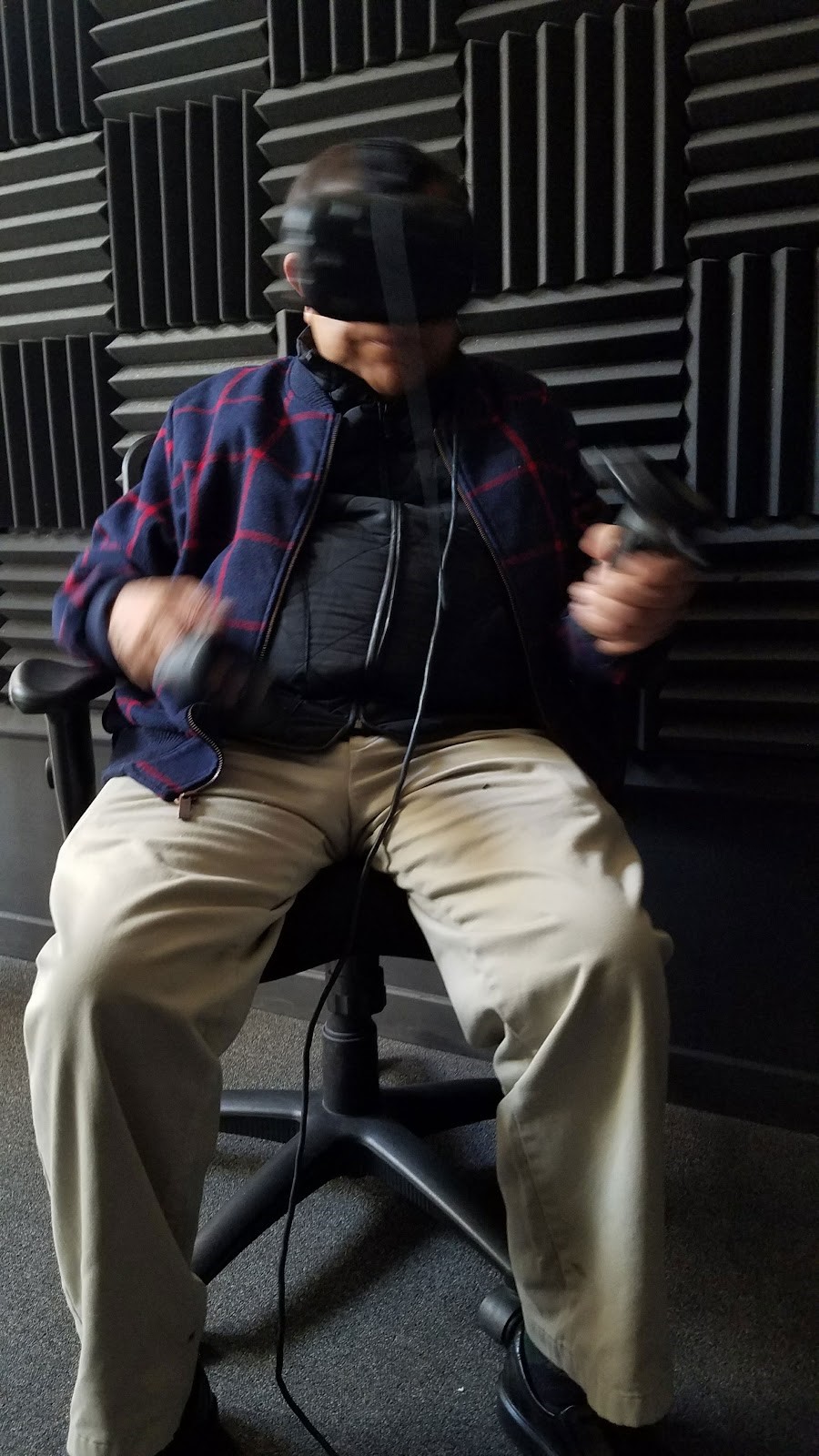
A testimony to the endless possibilities in VR art therapy is René Yañez’s exhibition “Into the Fade”. Faced with terminal cancer, multimedia artist and activist René Yañez had joined a program to do art therapy in VR following his passion for expression and curiosity for technology.
The program found inspiring results in a collaboration with NewPath and The Luggage Store Gallery, where visitors could put on a headset and interact with the artist’s creations using Tilt Brush.
The designs were then made into a video displayed at his memorial service that enabled all his close ones to experience his works of art therapy. Yañez says the process served as a “celebration of life”, and the project touched his family as well as the artistic community deeply.4
The future of VR therapy depends on independent professionals and companies that are actively engaged in the field through workshops, apps, and collaborations. As seen from the previous examples, VR therapy is an outlet for creative expression and can be transformed to work with visions of all kinds, creative and therapeutic.
References:
1https://www.frontiersin.org/articles/10.3389/fpsyg.2018.02082/full
3Jeff Lohrius, Virtual Reality Art Therapist, Transformational Coach, Artist and Educator https://www.virtualrealityarttherapy.com/blog
4 https://www.youtube.com/watch?v=p2yGBclNbVk
Images


